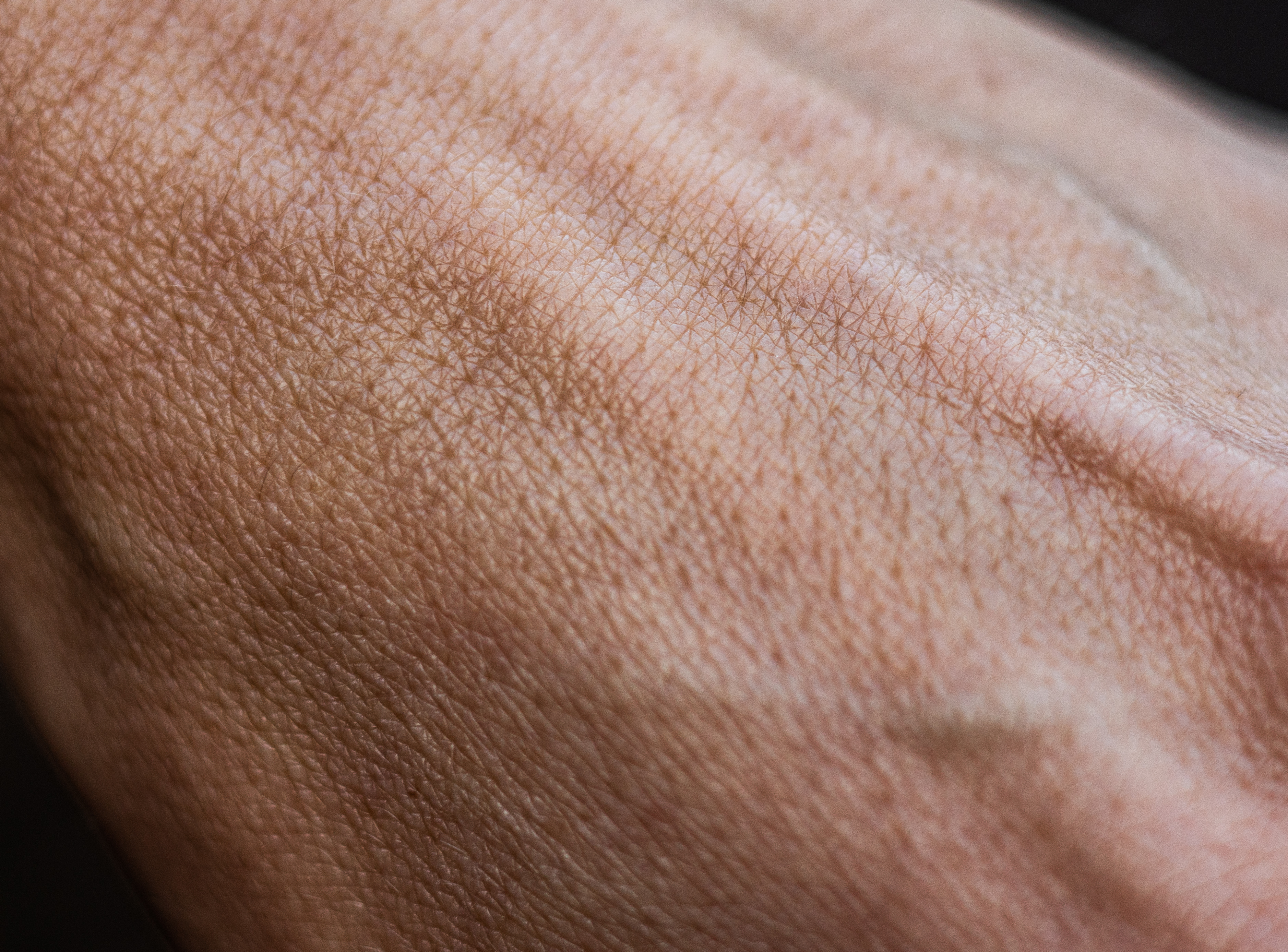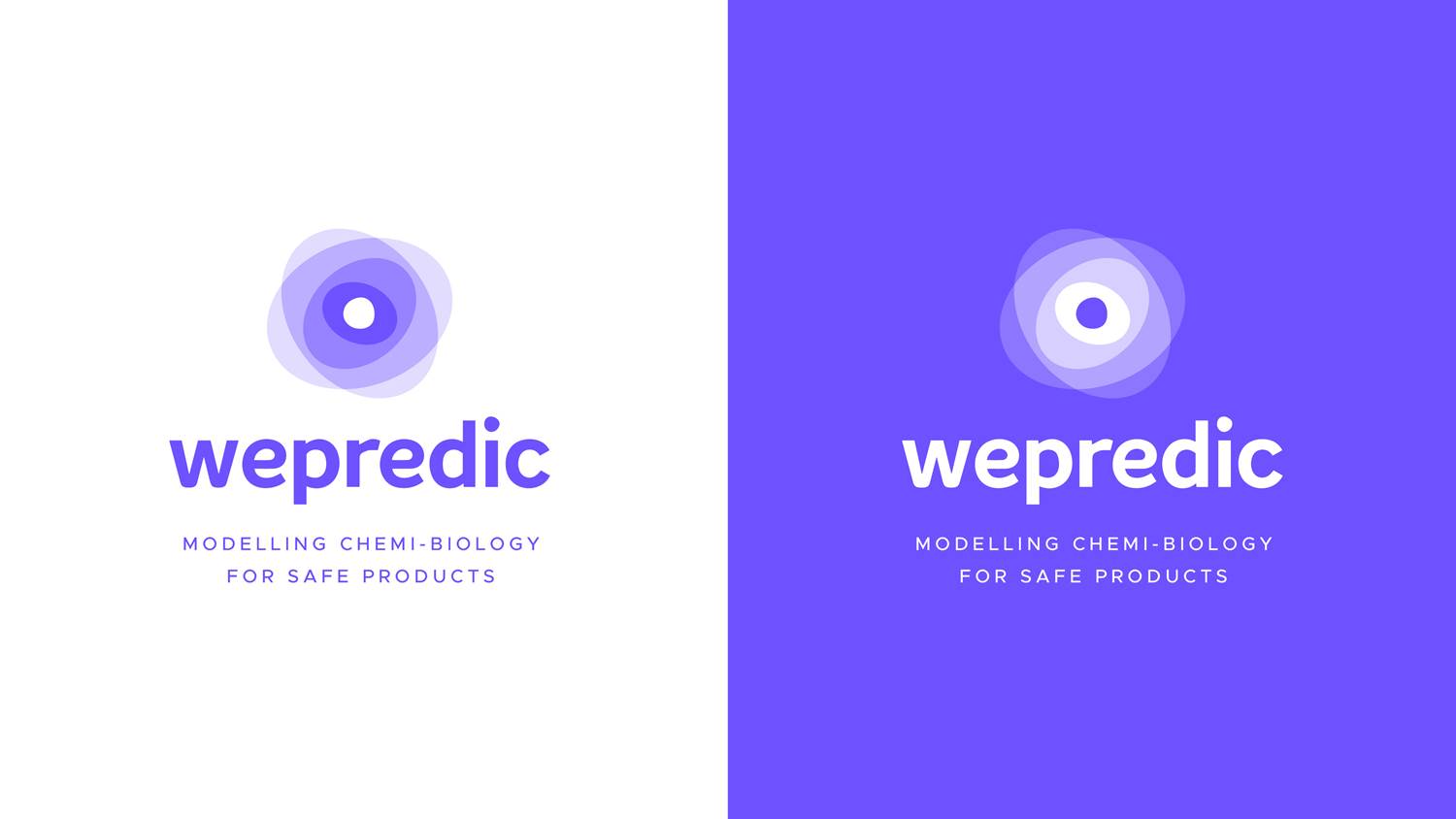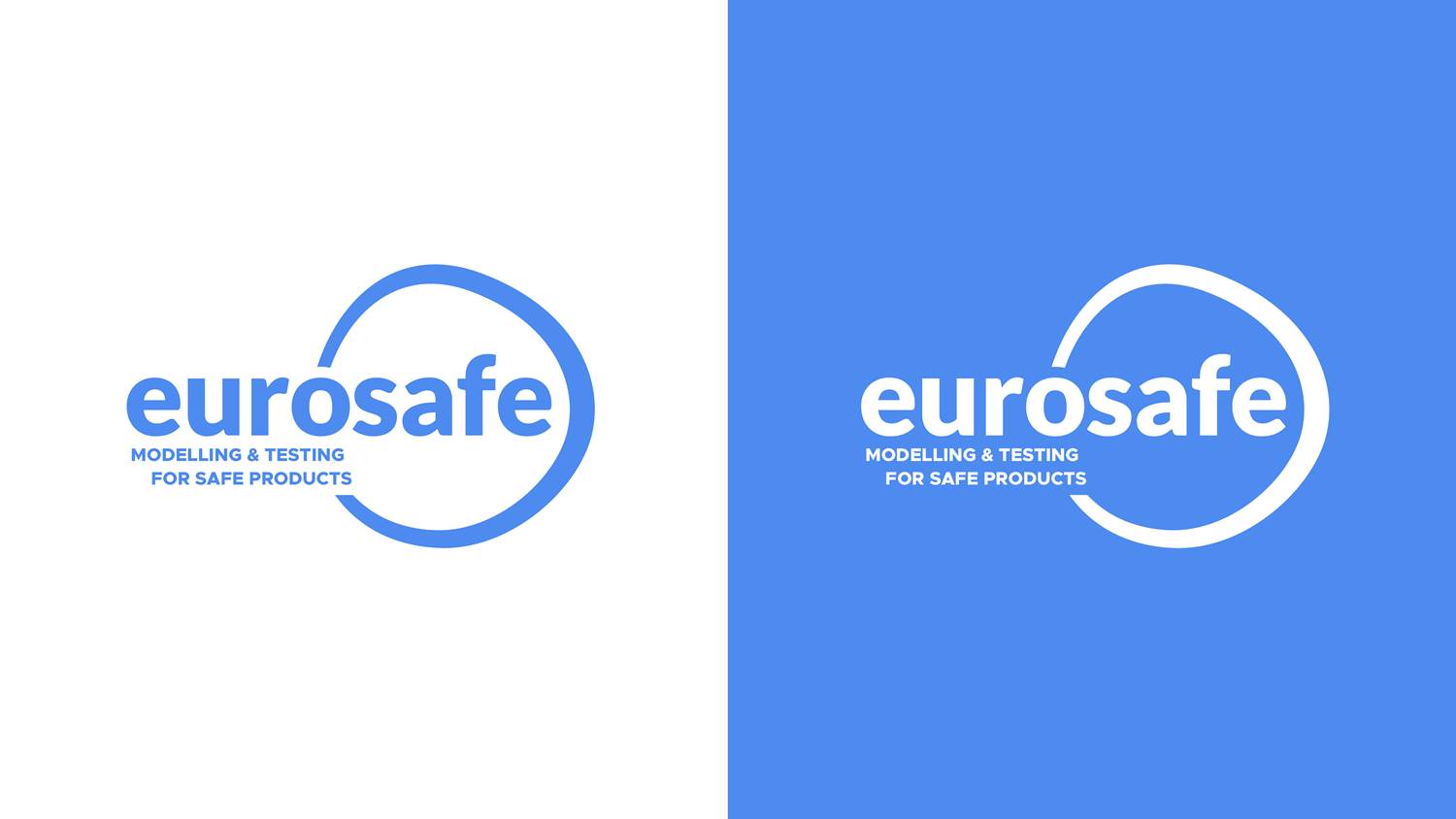15/03/2019
It is commonly accepted that the Skin Surface Area over Body weight ratio (SA/BW) of infants and children is higher as compared with that in adults. Regarding the safety assessment process of cosmetic ingredients, Toxicological Reference Values (TRV) are expressed as mg/kg bw and the change in the ratio of surface area/body weight compared with an adult would give, according to A.G. Renwick (1998), a discrepancy of 2.3-fold for children at birth (except premature infants).
Such inter individual variation is already covered by the generally accepted default value of 100 calculated for individual ingredients which is composed of 10 for interspecies variations (4.0 for toxicokinetics) and 10 for human variability, covering toxicokinetic (3.2) and toxicodynamic (3.2) differences between children and adults (A.G. Renwick (1998) and SCCS (2018)).
Scheuplein et al. (2002) estimate that an uncertainty factor of 10 applied to this intra-species variability is a sufficiently powerful parameter to take into account child/adult variability, for children over 6 months old. This estimate may not be relevant for children under 6 months of age, in the absence of developmental or systemic toxicity studies.
Given the ambiguity of these data, the question was raised whether the use of an increased uncertainty/safety factor would be relevant to cover children at birth exposure to cosmetic ingredients and ensure their safety under normal and reasonably foreseeable conditions of use.
Détails






